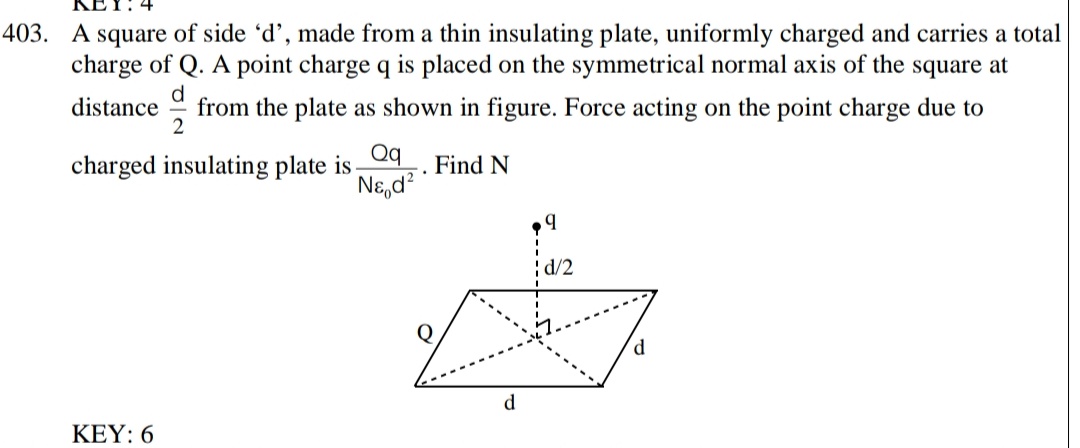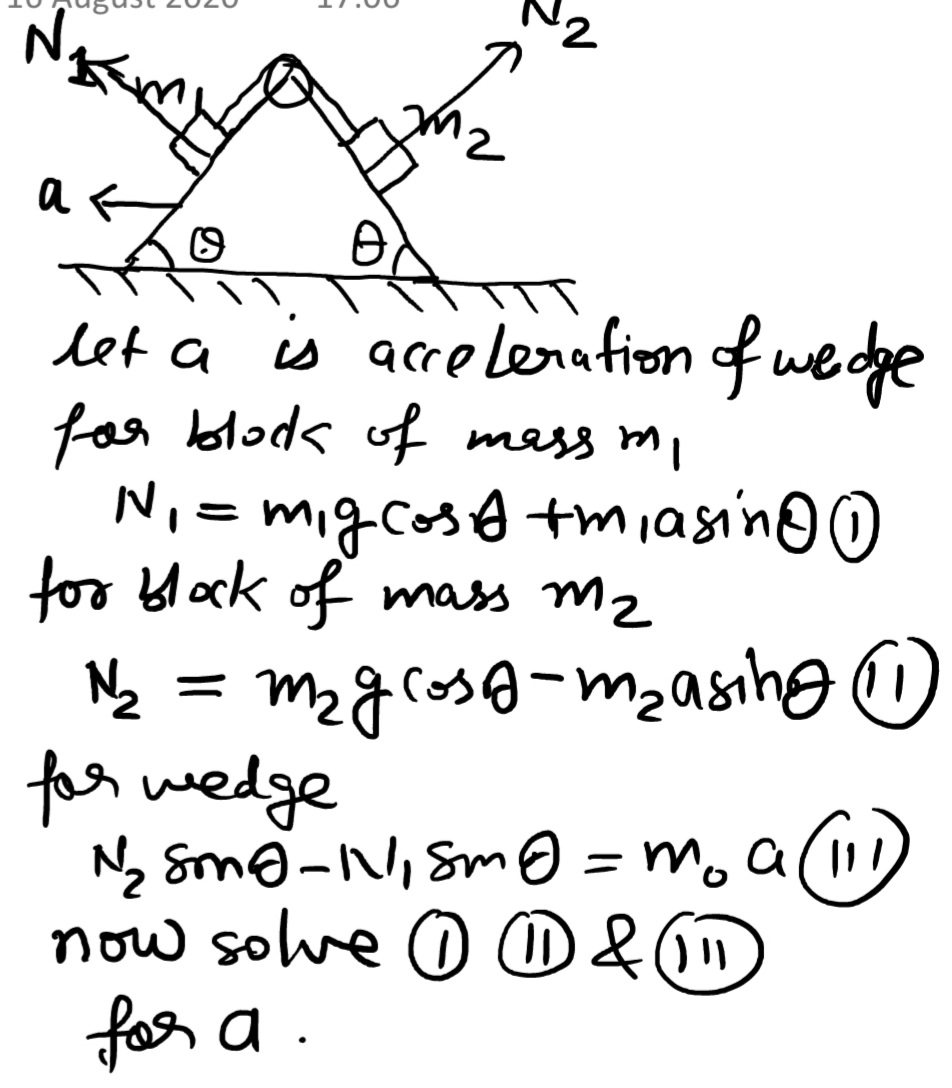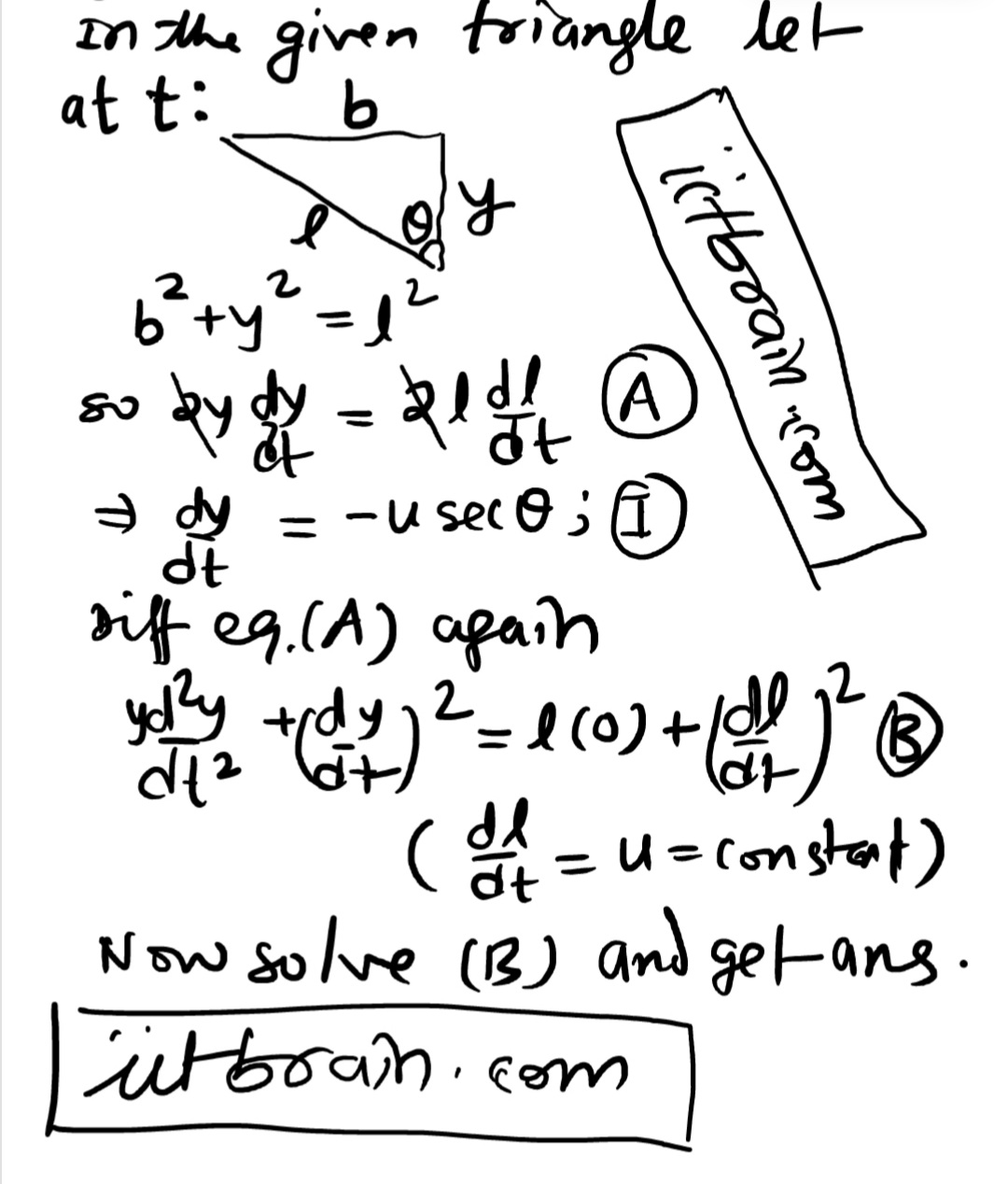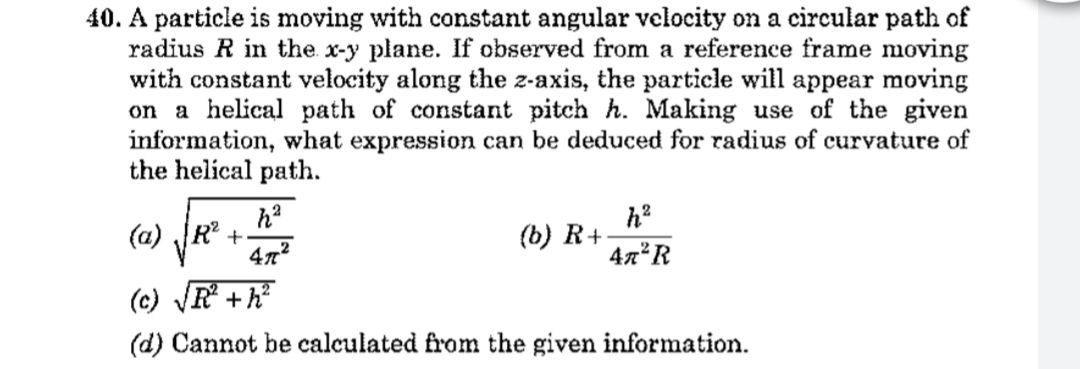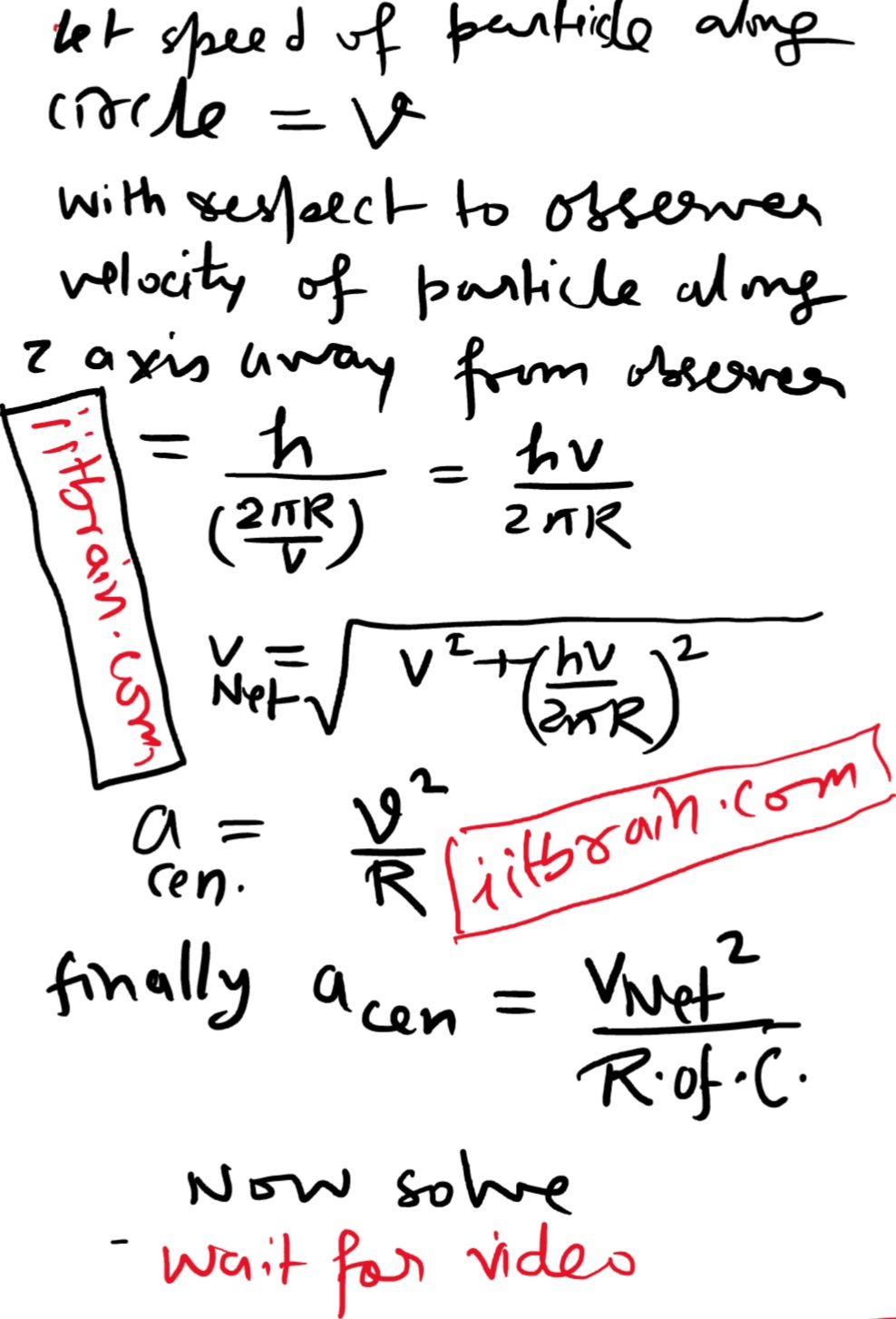576 - Physics Questions Answers
A small metal ball is being pulled gradually on a fixed frictionless hemisphere as shown in the figure. Radii of the ball and that of the pulley are much smaller than that of the hemisphere. As the ball slides from the bottom to a position close to the top of the hemisphere, how do the magnitudes of pulling force F and contact force R between the ball and the hemisphere change?
(a) F increases and R decreases.
(b) F decreases and R increases.
(c) F decreases and R remains unchanged.
(d) F remains unchanged and R decreases.
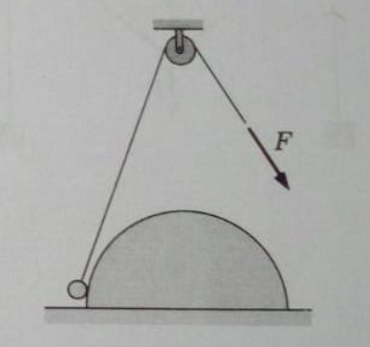

Three identical balls are placed on a frictionless horizontal surface touching each other. They stick to each other because of adhesive. Another ball of same radius and mass m is placed on the void created by the three balls. Find the forces applied by the balls kept on the floor to each other if the system remains in equillibrium.
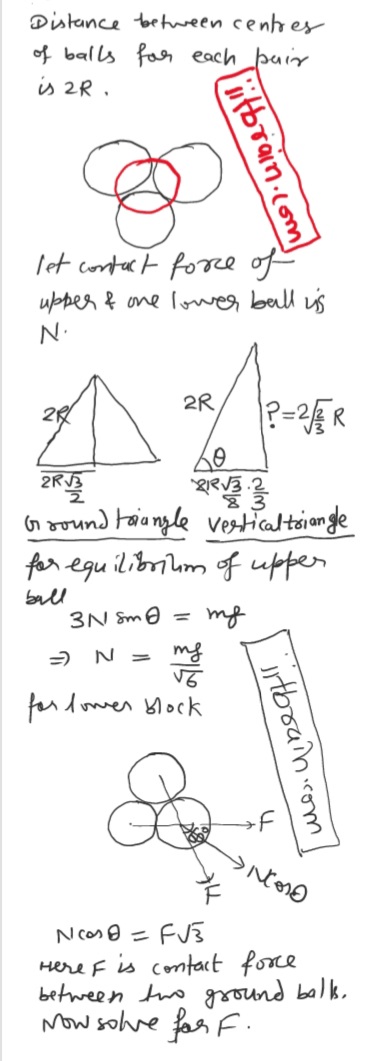
There are N numbers of electrons present in a one-dimensional box of length L. Assuming no coulombic interactions are present, find the ground-state energy of the N-particle system. N is an even number and mass of each electron is m. All electrons have a definite momentum, p, and their collisions with the box are perfectly elastic.
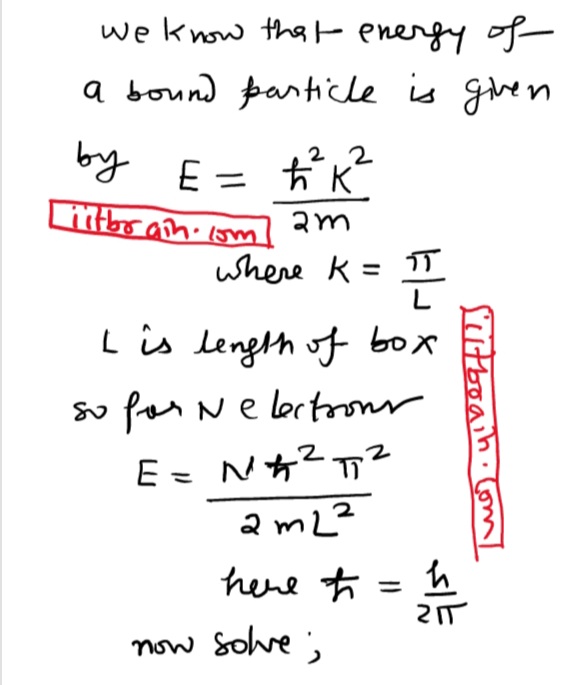
Sir
Does time exist or is it just an illusion .
Please tell.
I am not a scientist yet many scientists including Einstein explain time as an illusion, so it can be said.
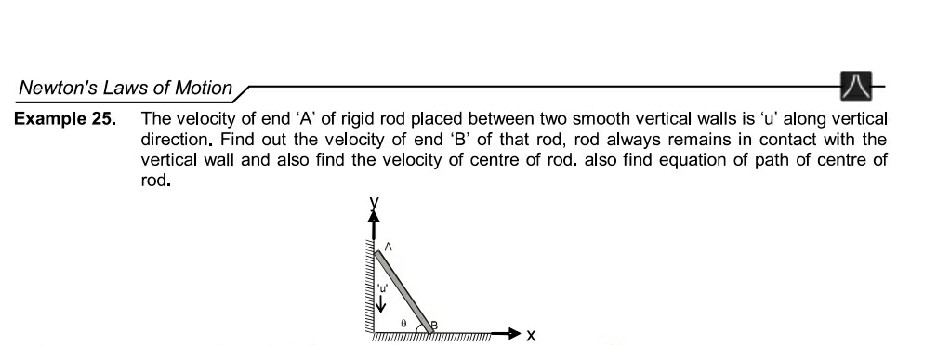
By rigid body constraints

Use formula F(min)/mg = mg/F(max)
Now solve. Watch this video


